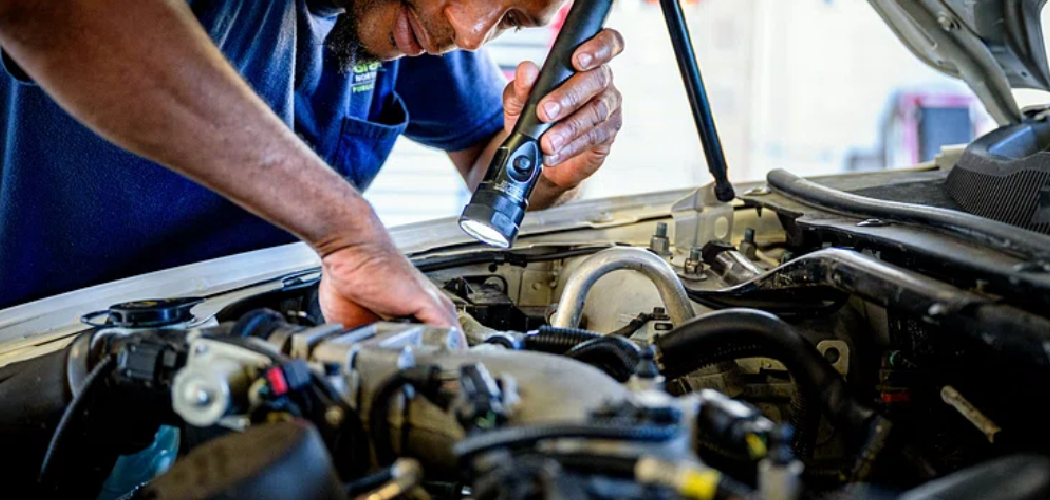When a car is turned off, the brakes may sometimes become locked, making it challenging to move the vehicle or troubleshoot issues. This can happen for various reasons, including engaging the parking brake or a safety feature designed to prevent unintended movement.
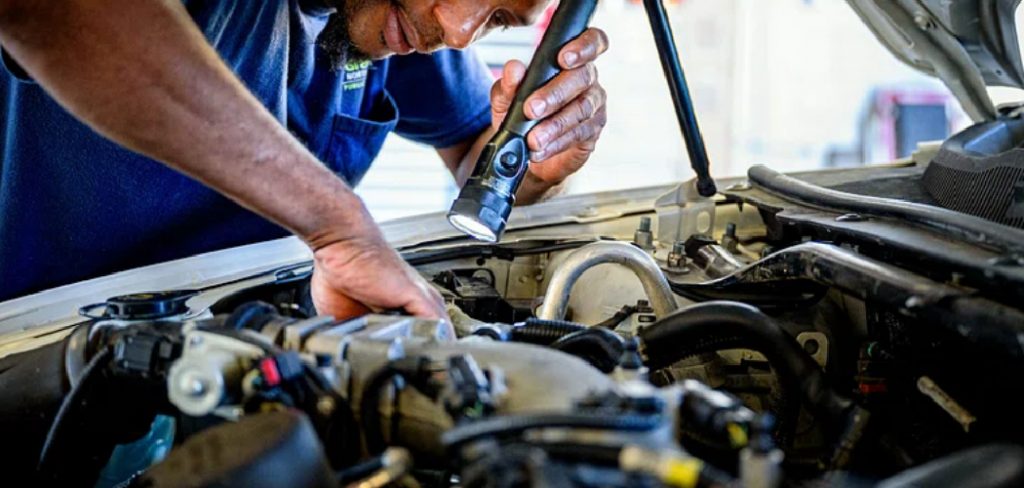
Understanding how to unlock the brakes when the car is off is crucial for ensuring safety and resolving the situation efficiently. This guide provides step-by-step instructions on how to unlock brakes when car is off to address the problem and get your car back in motion.
Why Do Brakes Lock When the Car is Off?
There are a few common reasons why brakes may become locked when the car is turned off. The most common cause is engaging the parking brake, which can happen accidentally or on purpose. Additionally, some vehicles have a safety feature that automatically engages the brakes to prevent unintended movement when the engine is turned off.
Another possible reason for locked brakes could be an issue with the brake system itself. This could be due to a malfunctioning brake caliper, damaged brake lines, or low brake fluid levels. In these cases, unlocking the brakes will not solve the underlying issue and may require further inspection and maintenance.
Needed Materials:
Car Manual:
Before attempting to unlock the brakes, it’s essential to consult your car’s manual. The manual will provide specific instructions for your vehicle and can help you identify any potential safety hazards or risks associated with unlocking the brakes.
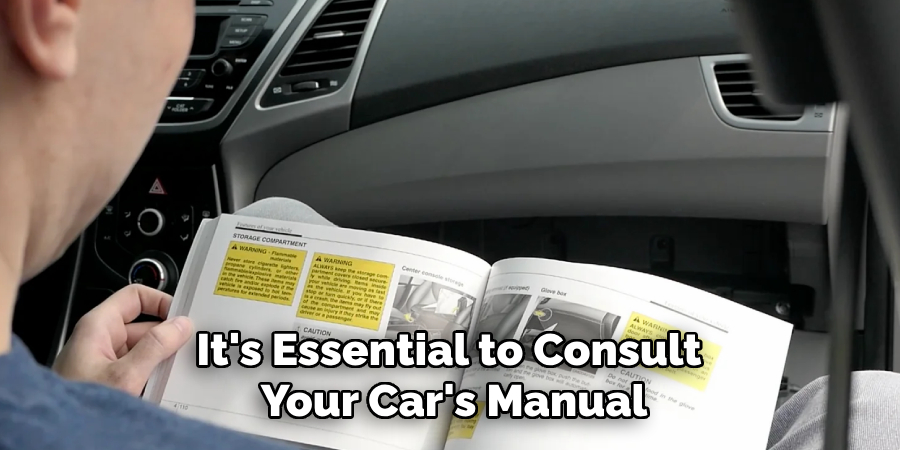
Wheel Chocks:
When unlocking the brakes, it’s crucial to ensure that the car does not roll and cause further damage. Place wheel chocks around the tires to prevent any movement while working on unlocking the brakes.
8 Steps Guide on How to Unlock Brakes When Car is Off
Step 1: Turn Off the Engine
Before beginning the process of unlocking the brakes, make sure the car’s engine is completely turned off. This step ensures safety during the procedure and prevents any unintended movements. Additionally, remove the keys from the ignition and engage the parking brake if it is not already engaged. This will allow you to start the unlocking process in a controlled and secure manner.
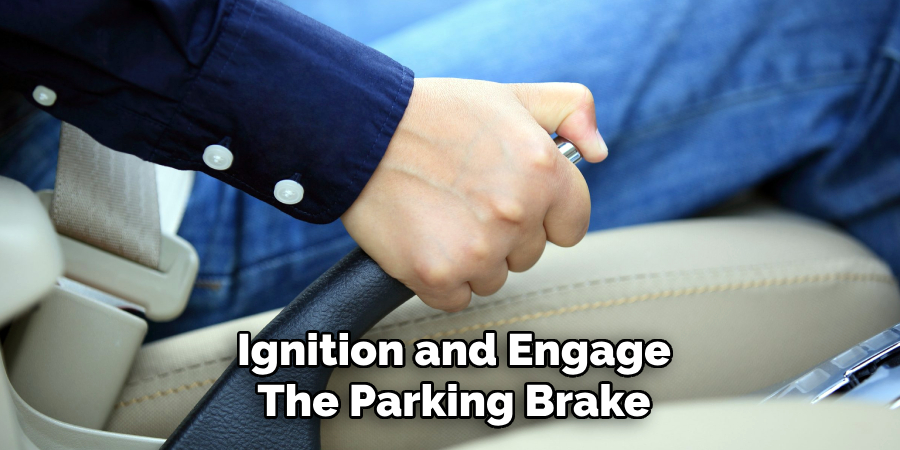
If the car is on an incline, turn the wheels in the direction of the curb to prevent rolling.
Step 2: Locate the Brake Release Lever
Find the brake release lever, which is typically located near the driver’s seat. It may be positioned under the dashboard, on the side of the center console, or near the floor. The brake release lever is often labeled or marked with a symbol of a “P” for the parking brake or a similar indicator. Refer to the car’s manual for the exact location if you’re unable to identify it immediately.
Once located, ensure the area around the lever is clear, as you will need easy access to operate it during the unlocking process.
Step 3: Check for Safety Features
Some vehicles come equipped with safety features that engage the brakes automatically when turned off. These may include automatic parking brake systems, hill start assist, or electronic stability control. If your car has any of these features, consult the manual to determine how to disable them before attempting to unlock the brakes.
The safety features may require a specific sequence of actions or pressing a button to disable them. Be sure to follow the instructions carefully to prevent any potential damage.
Step 4: Pull the Brake Release Lever
Once you’ve located and cleared the area around the brake release lever, firmly pull it towards you. This action should release the parking brake, and you will hear a distinct click when this occurs. If there is no audible sound, try pulling the lever again with more force.
If your car has an electronic parking brake, simply press the “release” button instead of pulling a physical lever. Refer to your manual for precise instructions on how to use this feature.
Step 5: Check If the Brakes Are Unlocked
After pulling the brake release lever or pressing the release button, verify whether the brakes are unlocked. Attempt to gently push the car forward or backward to see if it moves freely. If the vehicle moves without resistance, the brakes have successfully been unlocked.

If the car remains stationary and the brakes are still locked, inspect the release lever or button to ensure it has been fully engaged. You may need to repeat the previous step or consult your car’s manual for additional troubleshooting guidance. If the brakes remain locked after multiple attempts, it could indicate a deeper issue with the braking system that requires professional assistance.
Step 6: Remove the Wheel Chocks
Once you have confirmed that the brakes are unlocked and the car can move freely, carefully remove the wheel chocks from around the tires. Ensure that the car is on a flat, stable surface before doing so to prevent any unintended movement.
Removing the wheel chocks will allow the vehicle to roll freely when needed, but proceed cautiously to ensure safety. Always double-check that the brakes are fully disengaged before attempting to drive or push the car.
Step 7: Check for Any Damage
Before putting the car into motion, check for any potential damage to the brakes or surrounding areas. Look for signs of wear and tear, such as worn brake pads or damaged brake lines. If anything looks out of place or concerning, consult a professional mechanic for further inspection.
It’s also helpful to test the brakes a few times by gently pressing on the brake pedal to ensure they are working correctly after unlocking them.
Step 8: Drive Away Safely
Once you have successfully unlocked the brakes and checked for any damage, you can safely drive the car away. Always proceed with caution and pay attention to any unusual noises or sensations while driving. If anything seems amiss, stop the vehicle immediately and seek professional assistance.
Following these step-by-step guides on how to unlock brakes when car is off can help you unlock your car’s brakes safely and efficiently when the vehicle is off. It’s essential to remember that unlocking the brakes does not fix any underlying brake issues, and further inspection or maintenance may be necessary. Consult your car’s manual for specific instructions and safety precautionary measures before attempting any brake-related procedures. Remember to always prioritize safety and consult a professional if needed. Happy driving!
Frequently Asked Questions
Q: Can I Unlock the Brakes if My Car is on an Incline?
A: Yes, you can still follow these steps to unlock your brakes even if your car is parked on an incline. Just remember to turn the wheels towards the curb to prevent any rolling. It’s also crucial to use wheel chocks for added safety, especially on steep inclines.
Q: Why Are My Brakes Still Locked After Pulling the Release Lever?
A: If the brakes remain locked after pulling the release lever, it could indicate a more significant issue with your car’s braking system. It’s best to consult a professional mechanic for further inspection and potential repairs.
Q: Do Electronic Parking Brakes Require Special Steps?
A: While most electronic parking brakes can be released by pressing a “release” button or switch, some may require additional steps or specific sequences to disengage fully. Refer to your car’s manual for precise instructions on using this feature.
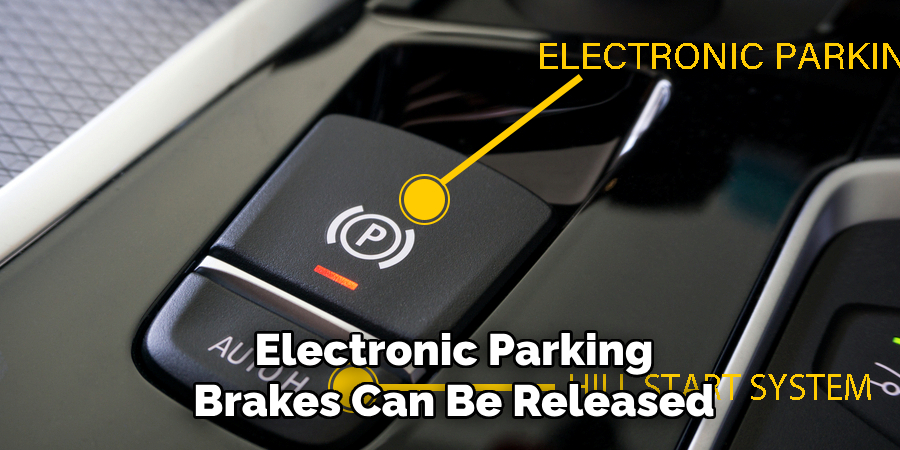
Q: Can I Drive the Car Immediately After Unlocking the Brakes?
A: Yes, you can drive the car after unlocking the brakes, but it’s essential to proceed with caution and check for any potential damage or issues before doing so. It’s also recommended to test the brakes a few times by gently pressing on the brake pedal to ensure they are working correctly. If you encounter any problems, consult a professional mechanic for further assistance. Keep in mind that unlocking the brakes does not fix any underlying brake issues, and regular maintenance is still necessary for safe driving.
Q: Can I Use These Steps on Any Type of Vehicle?
A: While these steps can generally be applied to most types of vehicles, it’s always best to consult your car’s manual for specific instructions and safety precautions. Some cars may have different procedures or features that require additional steps or knowledge. When in doubt, seek professional assistance.
Conclusion
Unlocking brakes on a stationary car requires a methodical approach to ensure safety and prevent further damage to the vehicle. By following the step-by-step process on how to unlock brakes when car is off outlined above, you can address the issue confidently and effectively while minimizing risks. Always refer to your car’s manual for specific details tailored to your vehicle model and do not hesitate to seek professional assistance if needed.
Regular maintenance and careful handling of your braking system are key to avoiding such situations in the future. Prioritizing safety and proper procedures will help keep your vehicle in good condition and ensure peace of mind on the road.

